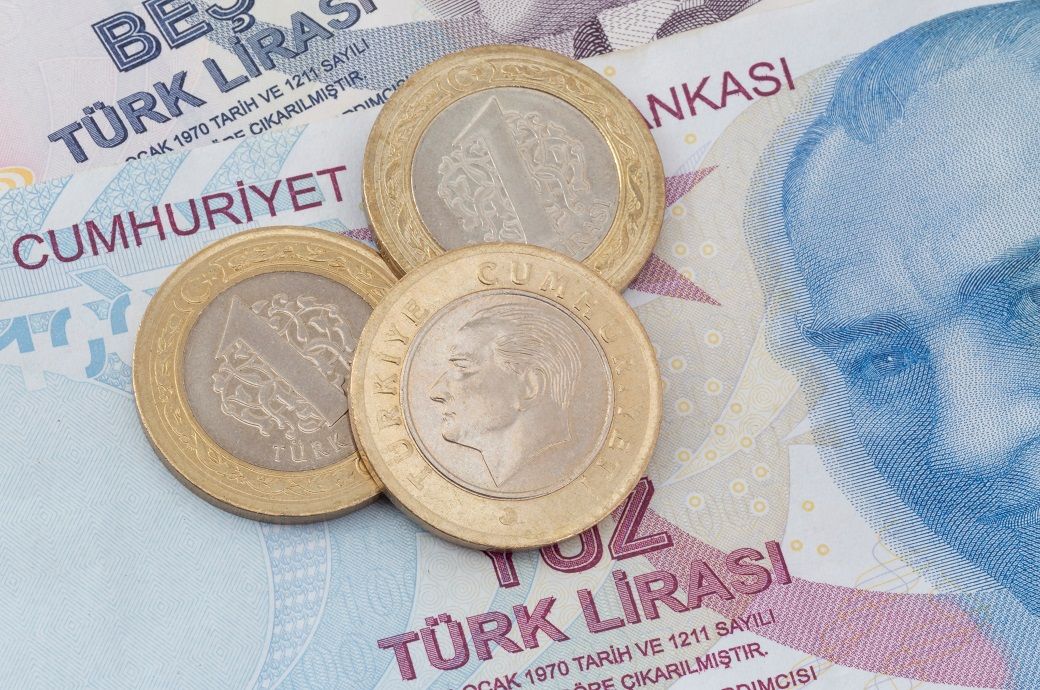A capitalization rate, or cap rate, is a measure of the income return on an asset, such as hotel or rental property, relative to its purchase price. It is calculated by dividing the net operating income (NOI) of the asset by its purchase price. That’s what this piece is all about. It also must be said from the get-go that understanding cap rates is not so difficult.
“Normally” NOI is calculated using all income less all operating expenses but does not include costs for debt, depreciation, amortization, reserve for capital expense or income taxes. That’s the typical basis for the calculation of the hotel’s value, establishing first of all, its NOI.
In the hotel industry, cap rates are used to estimate the potential return on investment (ROI) for a hotel property. Cap rates can be used to compare the potential ROI of different hotel properties, track the performance of a hotel property over time, and make informed investment decisions.
How to Calculate Cap Rates
The lower the cap rate the higher the purchase price, and at the same time the lower the cap rate the lower the potential return. What this means is that there is an inverse relationship between different rates and what they mean for the performance of the asset, now and in the future.
We use 100 to establish the inverse relationship between a purchase price and the future expected returns with capitalization rates because it is a convenient way to express the relationship. The cap rate is a percentage, so multiplying it by 100 converts it into a number that is easier to understand.
For example, a property with a cap rate of 8% would have a purchase price of $1,250,000 if it had a net operating income of $100,000. This can be calculated by dividing the NOI by the cap rate:
A property has a NOI of $100,000 and a cap rate of 8%. This means that the purchase price of the property is $1,250,000 ($100,000 / 0.08).
A property with a cap rate of 10% would have a purchase price of $1,000,000 if it had a net operating income of $100,000. This can be calculated by dividing the NOI by the cap rate:
A property has a NOI of $100,000 and a cap rate of 10%. This means that the purchase price of the property is $1,000,000 ($100,000 / 0.10).
As you can see, the purchase price and the cap rate have an inverse relationship. As the cap rate increases, the purchase price decreases. Conversely, as the cap rate decreases, the purchase price increases.
Cap rates can be used to compare the potential Return on Investment (ROI) of different hotel properties. A higher cap rate indicates that a property is more likely to generate a higher ROI, while a lower cap rate indicates that a property is less likely to generate a high ROI.
Cap rates can also be used to track the performance of a hotel property over time. If a property’s cap rate is decreasing, it indicates that the property is becoming more valuable and is generating a higher ROI. If a property’s cap rate is increasing, it indicates that the property is becoming less valuable and is generating a lower ROI.
Factors that Affect Cap Rates
There are a number of factors that can affect cap rates, including:
The location of the property. Properties in desirable locations and markets with high demand for hotel rooms tend to have higher cap rates.
The quality of the property. Properties that are well-maintained and have modern amenities tend to have lower cap rates.
The type of property. Luxury hotels tend to have lower cap rates than budget hotels.
The market conditions. Cap rates tend to be lower when the market for hotel properties is strong and there is a limited supply of available properties.
Cap rates are a valuable tool for hotel investors. They can be used to compare the potential ROI of different hotel properties, track the performance of a hotel property over time, and make informed investment decisions. By understanding how cap rates work, investors can identify undervalued assets that have the potential to generate high returns. By taking steps to decrease the cap rate of their property, hotel owners can improve their ROI and increase the value of their investment.
Remember the golden rule, the lower the cap rate the higher the purchase price paid and at the same time the lower the expected returns on that investment in the future because the price paid was higher.
Looking for properties that have a high cap rate that could be repositioned and sold later with a lower cap rate and a higher NOI is the classic move that every investor wants to make.
This article is not investment advice and buying a hotel is a serious endeavor and one should engage a professional real estate firm. Artificial intelligence was used to research some of this piece.
At Hotel Financial Coach I help hotel leaders and teams with financial leadership coaching, webinars and workshops. Learning and applying the necessary financial leadership skills is the fast track to greater career success and increased personal prosperity. I significantly improve individual and team results with a proven return on investment.
Call or write today and arrange for a complimentary discussion on how you can create a financially engaged leadership team in your hotel.

Contact David at (415) 696-9593.
Email: david@hotelfinancialcoach.com
www.hotelfinancialcoach.com







